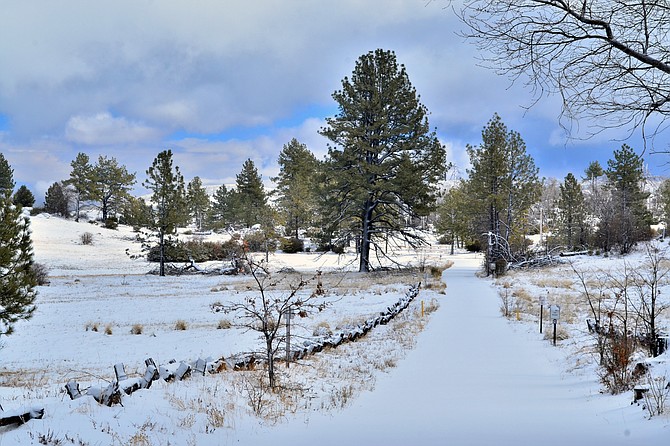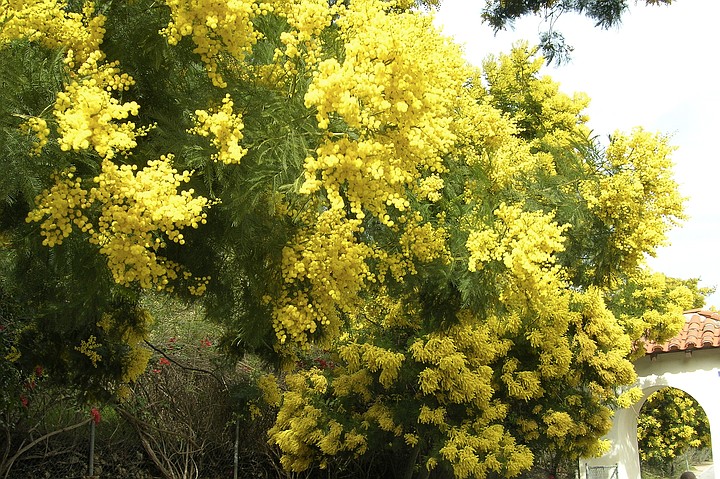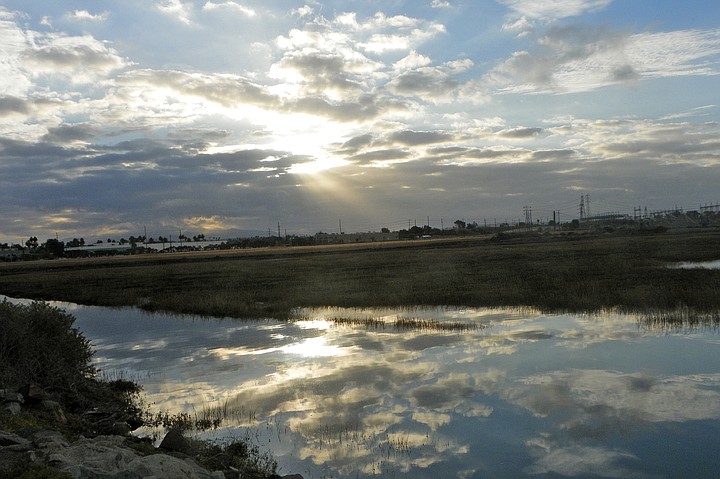 Facebook
Facebook
 X
X
 Instagram
Instagram
 TikTok
TikTok
 Youtube
Youtube

Recent Chilly Days and Nights only confirm that San Diego’s lowest temperatures (according to more than a century of weather records) tend to occur during the month of January. January’s mean temperature at Lindbergh Field is about 55 degrees Fahrenheit. (July’s mean is a balmy 70 degrees.) To experience much colder temperatures, journey to the Cuyamaca Mountains; -1 and -4 degree readings were once recorded there — the two lowest temperatures ever recorded within the county.

Acacias, festooned with myriads of fluffy yellow blossoms, are brightening streetsides, freeway embankments, and backyard gardens throughout the San Diego area this month. Although many acacias are native to subtropical regions, nearly all we see today in San Diego were introduced from Australia. Anza-Borrego’s native acacia (A. greggii) is the notoriously thorny “catclaw,” known by early desert pioneers as “tearblanket” and “wait-a-minute bush.”

The Latest Sunrise of the Year (on standard, not daylight time) occurs Saturday, January 10, near 6:52 am for most of metropolitan San Diego. Slowly at first, then more rapidly in the weeks to come, sunrise will arrive earlier with each passing day. By March, the sun will be rising an hour earlier than it does now. The earlier sunrises are mostly a consequence of the sun’s apparent movement from the southern sky toward the northern sky from December to June. You can keep track of that movement by noting where the sun rises (or sets) over a period of many weeks from a fixed vantage point, such as your home.


Recent Chilly Days and Nights only confirm that San Diego’s lowest temperatures (according to more than a century of weather records) tend to occur during the month of January. January’s mean temperature at Lindbergh Field is about 55 degrees Fahrenheit. (July’s mean is a balmy 70 degrees.) To experience much colder temperatures, journey to the Cuyamaca Mountains; -1 and -4 degree readings were once recorded there — the two lowest temperatures ever recorded within the county.

Acacias, festooned with myriads of fluffy yellow blossoms, are brightening streetsides, freeway embankments, and backyard gardens throughout the San Diego area this month. Although many acacias are native to subtropical regions, nearly all we see today in San Diego were introduced from Australia. Anza-Borrego’s native acacia (A. greggii) is the notoriously thorny “catclaw,” known by early desert pioneers as “tearblanket” and “wait-a-minute bush.”

The Latest Sunrise of the Year (on standard, not daylight time) occurs Saturday, January 10, near 6:52 am for most of metropolitan San Diego. Slowly at first, then more rapidly in the weeks to come, sunrise will arrive earlier with each passing day. By March, the sun will be rising an hour earlier than it does now. The earlier sunrises are mostly a consequence of the sun’s apparent movement from the southern sky toward the northern sky from December to June. You can keep track of that movement by noting where the sun rises (or sets) over a period of many weeks from a fixed vantage point, such as your home.
Comments